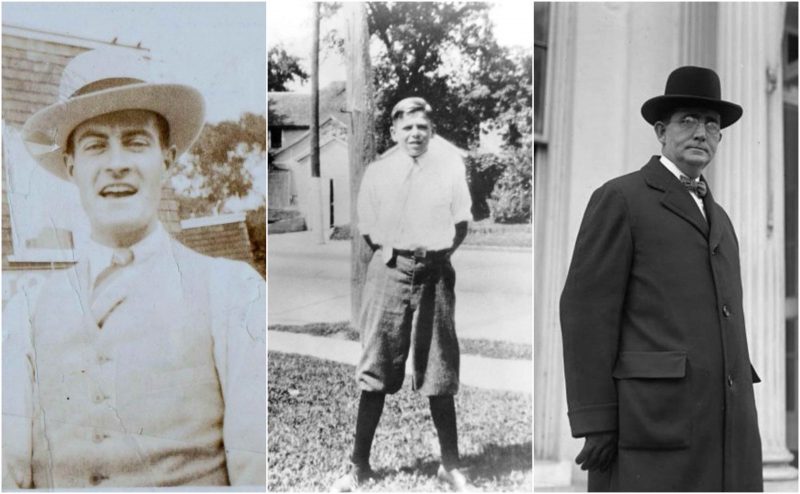The Roaring Twenties was a time of “flappers” and dapper men in long pants. Early in the 1920s, menswear still followed the influence from the military clothing of World War One, including a high-waisted jacket that was more often than not worn with a belt.
The lapels on jackets at this time were narrow, due to the trend of buttoning them up high. Throughout the 1920s, the men wore short suit jackets or a long jacket used for formal occasions. Trousers were straight and narrow, and cuffs were becoming commonplace. It was an appropriate style to wear the pants slightly short so that a man’s socks could be seen.


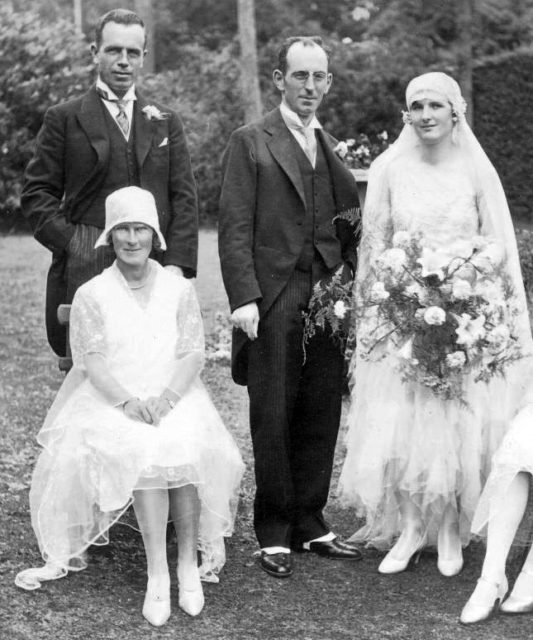
By 1925, fashion began to change, and the trousers known as Oxford Bags started to appear – a wider, straight-legged style. The hemline of the jackets dropped back to a normal waist line, and lapels were once again wide and now worn peaked. Sleeves became a looser fit with no taper. Vests and jackets became a mix and match, with the double-breasted vest were worn with the single-breasted jackets.
Sports clothing included sweaters and short trousers called “knickers.”
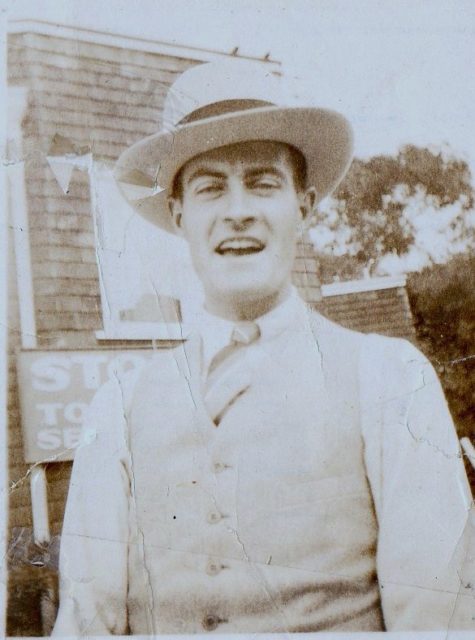
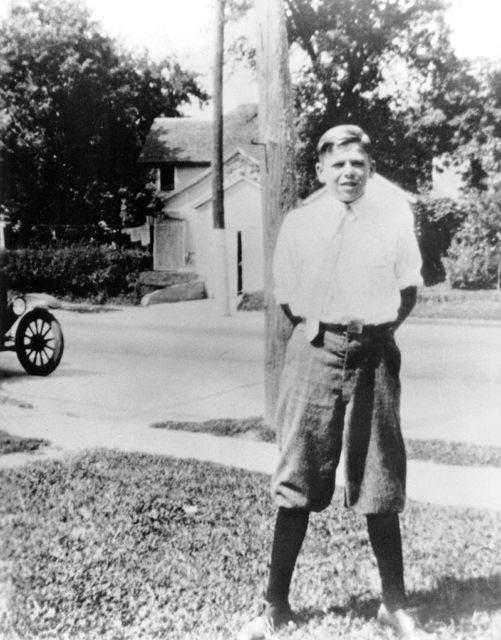
At a formal occasion in those days, a gentleman would wear a morning suit; in the evening his short tuxedo was often worn instead of the tail coat that was now thought of as old-fashioned. The full-dress suit, which was the most formal outfit in a gentleman’s wardrobe, consisted of a worsted swallow-tailed coat that was black or midnight blue, with a matching satin trim and trousers that sported a wide braid or satin ribbon running down the side of the legs.
Topping off this dapper and dashing ensemble was the white silk tie, white gloves, a black silk top hat, white silk handkerchief, white flower boutonniere, and polished brown leather Oxford shoes. Those who disliked the full-dress outfit could choose the tuxedo. The tie was always black, and the men would accessorize with the same items from the full-dress outfit, only wearing a dark-colored bowler hat instead of a top hat.
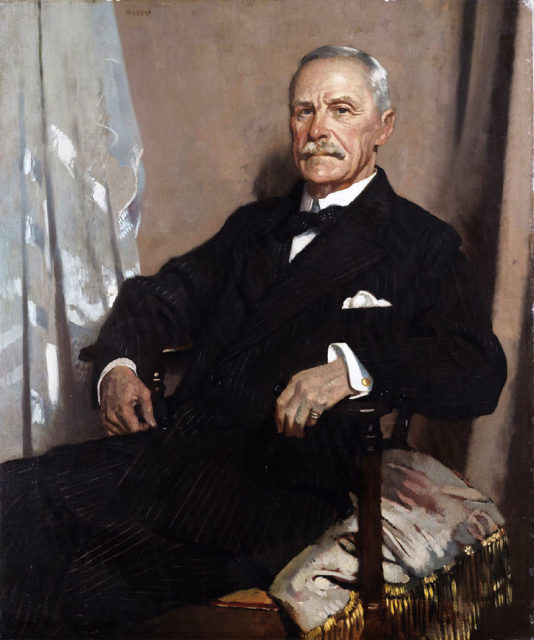
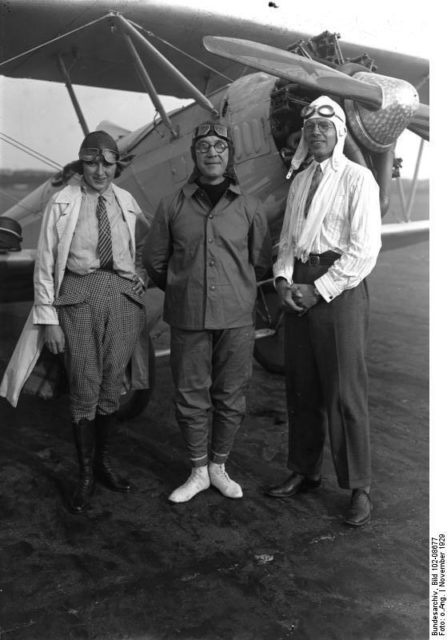
Over time, the fashion for men became more relaxed and less formal and regimented. Short jackets with only two or three buttons were favored, and pinstripe suits started to appear. Different attire was suitable for different events – this was adhered to rigorously.
Tuxedos were appropriate at small dinner parties, at the theater, when dining at home, and when out in a restaurant. Men’s dress shirts in the early 1920s didn’t have attached collars, but they had a narrow neckband which buttoned at the back and front. By the mid-1920s, men started to prefer shirts with attached collars, which were a lot more comfortable than the stiffened detachable collars.
